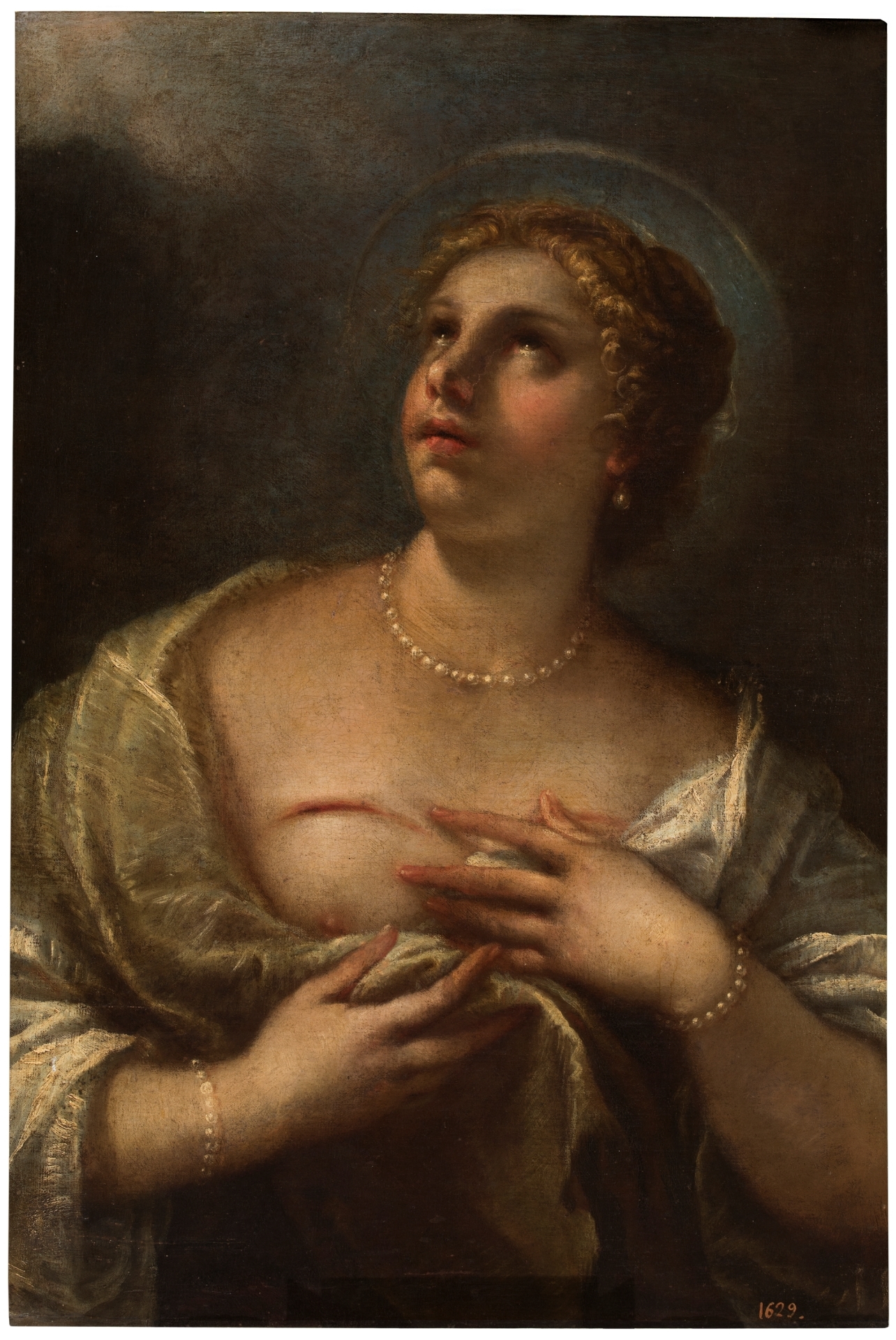“Pregnant Milk”
I. Cycles of Life and Death in a Mountain Village
“At the age of eleven months I began to be sickly and my mother did blame this on the pregnant milk that the wet-nurse gave me, and she bemoaned this misfortune and did hire another nurse, and after her another eight, thus ten nurses I had, and for all that I still did grow up sick”
Úrsula Suárez, Autobiographical Account
The expression “leche preñada” – literally “pregnant milk” – is now in disuse. But well after 1900 it was still well understood, as were its cultural connotations. This is made quite clear in the autobiography of the Chilean nun Úrsula Suárez (1666-1749) and other accounts from the early modern age. It refers to the milk from the breast of a pregnant woman, be she mother or wet-nurse alike. It was believed that the giving of this milk was harmful both for the unborn baby and the one being suckled. Its pernicious qualities were still feared in the villages of Mallorca and Galicia in the early 20th century, just as they had been in much earlier times: thus, as documented in June 1658, in the court of the House of Austria a wet-nurse to Prince Felipe Próspero bitterly bewailed the controls she was subjected to and the concomitant outrages on her dignity: any courtier so desiring could raise her skirts to ascertain if her menstruation had returned. Similar precautions were taken in the fine houses of the noble and the wealthy, where wet-nurses continued to be employed into the 20th century: here, they endeavoured to prevent these women in their service from having any contact with their husbands during the period they spent nursing.
Let’s join the dots a moment. In long lactations, ovulation will normally return after fifteen months, give or take. We can reasonably infer that Paula Martín nursed her children for this length of time, since, together with a new pregnancy, this gives the two-year interval between her confinements that we have seen. Fifteen is also the figure given in a good number of the certificates provided to the village wet-nurses. And it is this number which, when added to the nine-month gestation period, comes to the two-year interlude observed in the life of so many common women of the time, as well as in Paula Martín’s. Fifteen plus nine may just be the hidden principle that guided the cycles of life in the rural communities.
This fifteen-month period, taken together with the idea of “pregnant milk”, can perhaps be seen as a threshold, a time limit of some sort: “Don’t push your luck, you can still get pregnant even if you’re nursing.” Or the equivalent, “You’re with child now, so stop nursing the baby, it’s not safe”. Even – why not! – “Now’s our chance to put the milk left over to good use and make some extra cash getting an Inclusa baby. And no funny business in the bedroom for the time being, we don’t want to mess things up!” [Wolfram Aichinger.]

